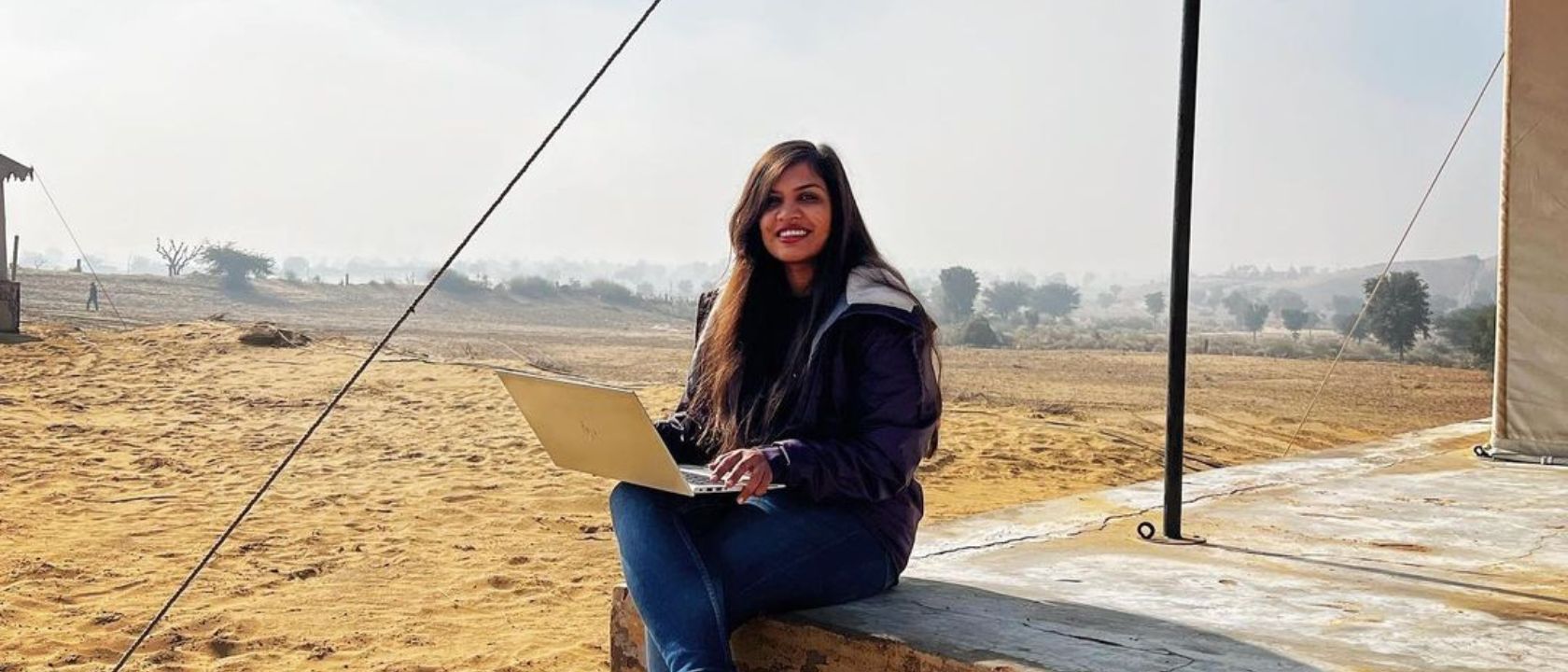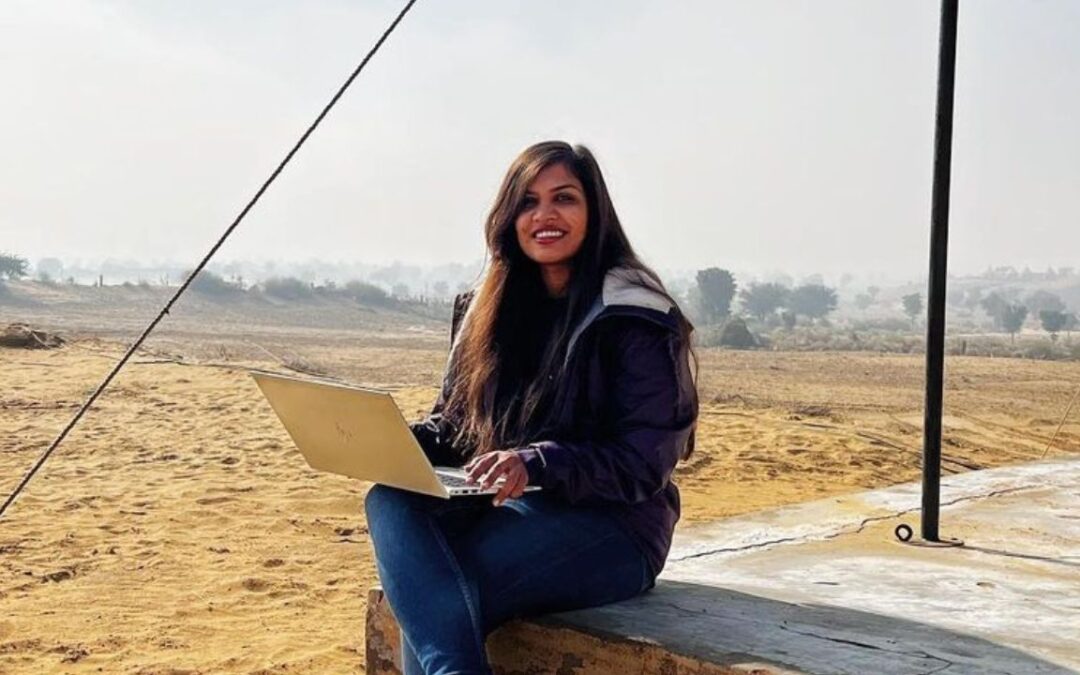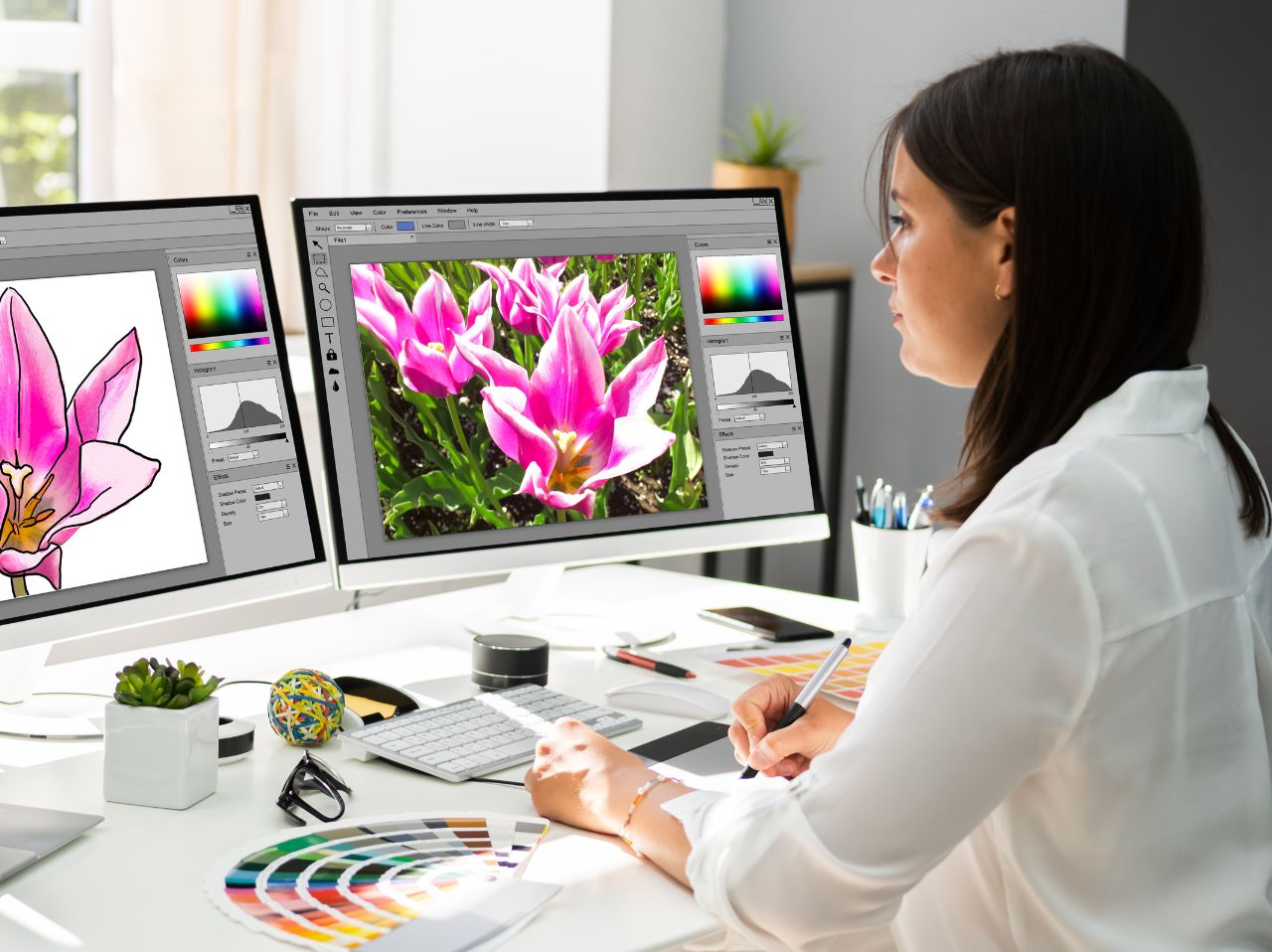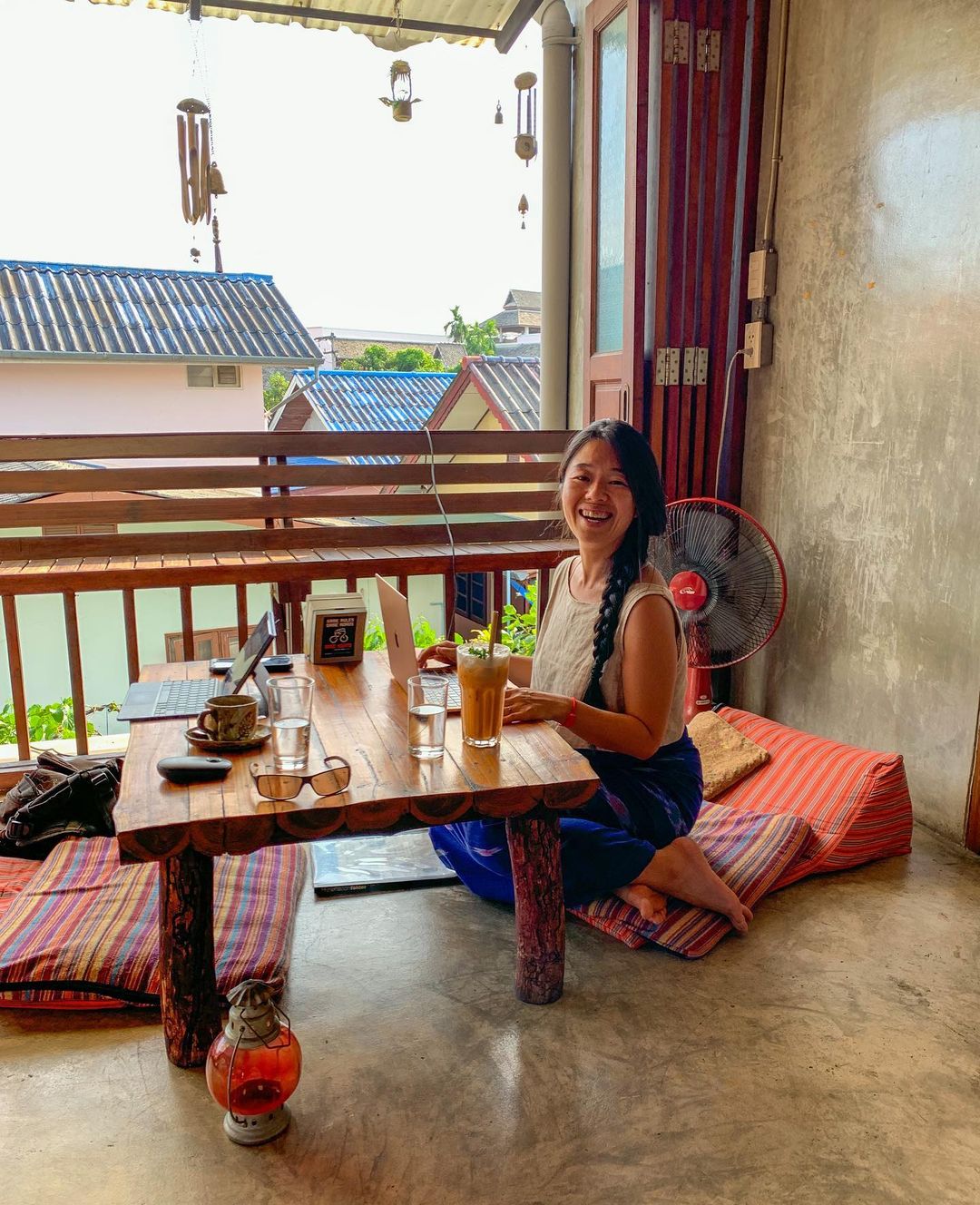
The Ultimate Map of Coworking Spaces Around the World for Digital Nomads
As a digital nomad, finding a great coworking space is crucial to maintaining productivity and staying connected while on the move. Fortunately, there are hundreds of amazing coworking spaces around the world that cater specifically to the needs of remote workers. Whether you’re looking for a quiet workspace or a bustling community of like-minded professionals, there is a coworking space out there for you. To help you find the perfect spot, we’ve compiled a list of over 200 of the best coworking spaces from around the globe. Check out the map below to quickly see them all and save this valuable resource for your future travels.


















